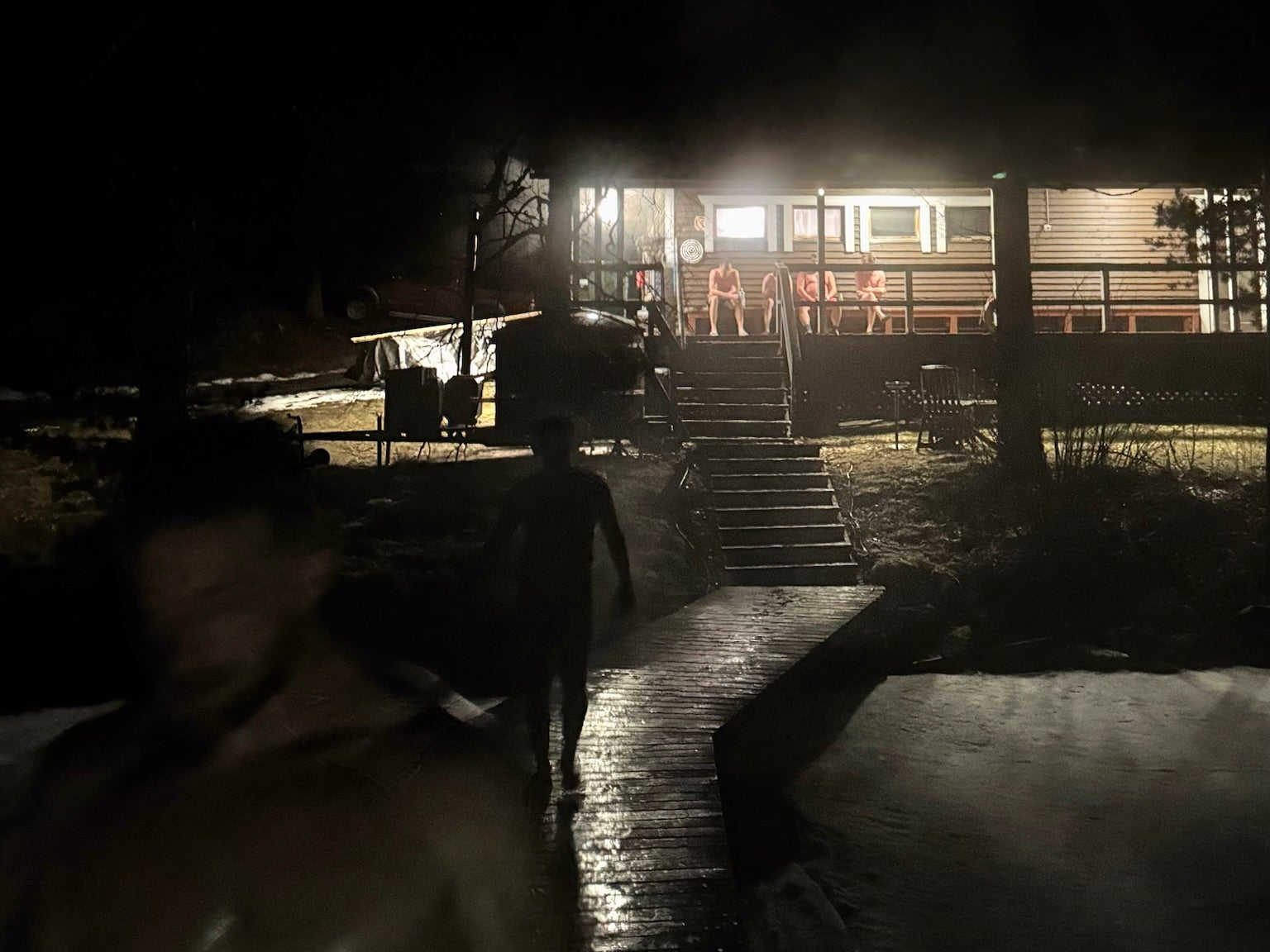
After years of building saunas and countless hours learning from Finnish masters, I've discovered that the heart of any great sauna isn't just the stove—it's how that stove works with the rocks surrounding it.
Why Rock Coverage Matters
The heating elements in electric sauna stoves reach scorching temperatures around 1500°F, producing intense, dry radiant heat that can feel oppressive and uncomfortable. But when you fully enccase those elements in the right sauna stones, something magical happens. The rocks act as a thermal buffer, absorbing that harsh radiant heat and redistributing it as gentle, enveloping warmth throughout the sauna.
This isn't just about comfort—it's about creating the authentic sauna experience that Finns have perfected over centuries.
The Science of Sauna Stones
Not all rocks are created equal for sauna use. You need extremely hard, dense stones with minimal moisture content. Why? Because when inferior stones heat up and cool down repeatedly, trapped moisture can cause them to crack or even explode—a serious safety hazard.
Quality sauna stones like those used in premium stoves (IKI is a standout example) are specifically quarried and tested for sauna use. These stones can withstand the extreme temperature cycles while maintaining their integrity.
The Steam Tell
Here's where experience becomes invaluable: properly heated stones don't just diffuse heat—they create perfect löyly (Finnish for the steam created when water meets hot stones).
When you ladle water onto correctly heated stones, you'll hear a specific sound—a deep, satisfying hiss that tells you the temperature is just right. The resulting steam is soft, enveloping, and therapeutic.
But pour water on stones that are too hot, and you'll get a sharp, almost violent sizzle. The steam comes off harsh and can actually be uncomfortable or even painful.
What Makes the Difference
The best sauna stoves, like those from IKI, are designed with the rocks as an integral part of the heating system, not an afterthought. The heating elements are completely surrounded by stones, creating even heat distribution and optimal löyly production.
This design philosophy—treating the stones as essential rather than decorative—separates authentic sauna experiences from mere hot rooms.
The Finnish Standard
While I haven't pinpointed the exact optimal stone temperature (though I'm sure some Finnish engineer has calculated it precisely), thousands of sauna sessions have taught me to listen. The rocks will tell you when they're ready—through sound, through the quality of steam they produce, and through the gentle, enveloping heat they radiate.
Building Nightjar Sauna has been about bringing this level of authenticity to every installation. Because once you've experienced a properly designed sauna with the right stove and stones, there's no going back to anything less.
What's your experience been with different sauna stoves? I'd love to hear from fellow sauna enthusiasts about what makes the perfect löyly in the comments below.


Comments (0)
Back to Nightjar Journal